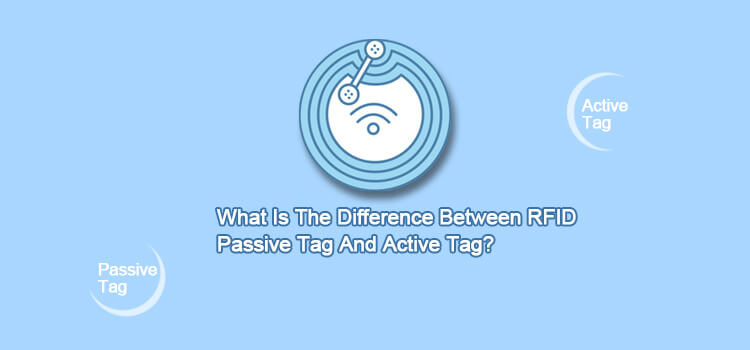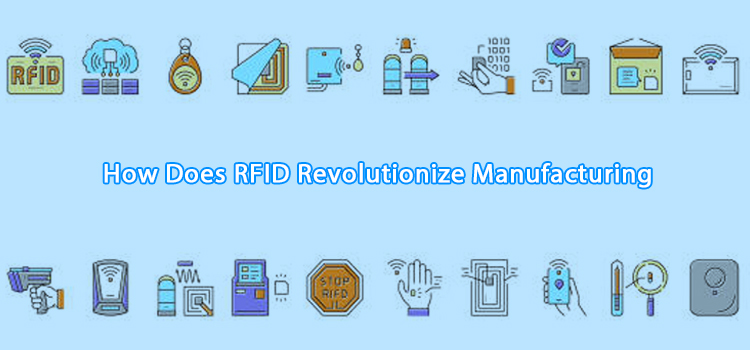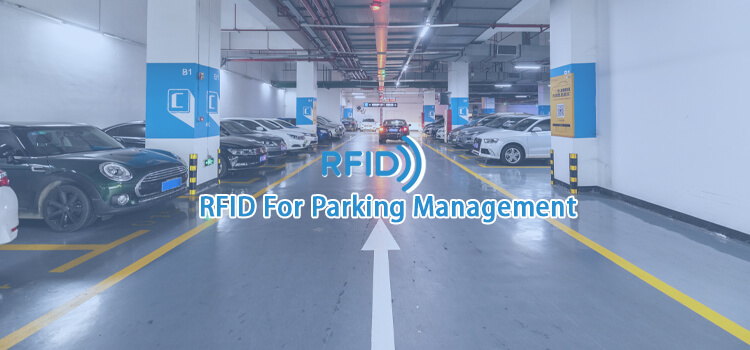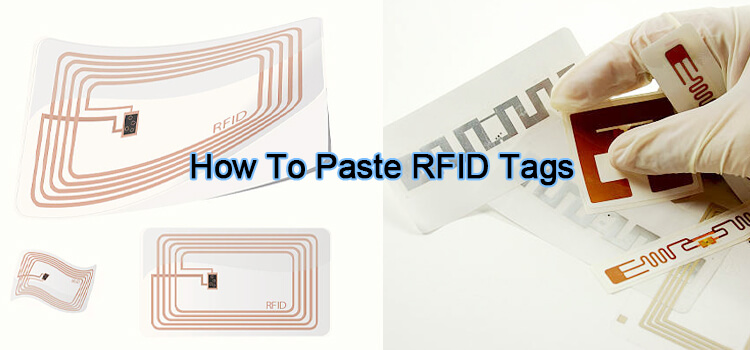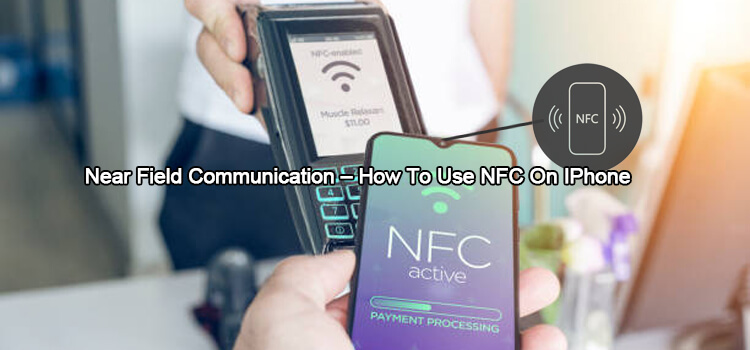If you are considering implementing an RFID solution for your business, you may be wondering which type of tag to use. Passive tags and active tags are two main types of RFID tags, but their uses and benefits differ significantly.
We’ll give a comprehensive answer to the “what is the difference between RFID passive gag and active tag?” question. This way, you will make an informed decision about which tag is best for your needs.
What is RFID?
Before we get into the specifics of each tag, let’s first review RFID basics. RFID (radio-frequency identification) is a technology that uses electromagnetic fields to automatically identify and track tags attached to objects.
The tags contain electronically stored information that can be read from a distance without line of sight. Its main components include a tag and a reader device.
They are used for various purposes, including asset tracking, access control systems, parcel tracking, and livestock identification.
What is a Passive RFID Tag?
Passive tags are the more common type of RFID tag, as they are simpler and easier to maintain than active tags. They contain no battery and are powered by the electromagnetic energy transmitted from the reader.
The reader emits radio waves that induce a current in the tag’s antenna. This powers up the chip inside the tag, which then sends back information to the reader.
Since they don’t have a power source of their own, passive tags have a limited range and can only be read within a few feet of the reader.
They are also less expensive than active tags, making them a good choice for businesses on a budget. However, their shorter range and lack of features may make them less ideal for some applications.
What is an Active RFID Tag?
Active RFID tags have their power source, typically a battery. This makes them more expensive than passive tags but also gives them some advantages.
Because they are self-powered, active tags have a much longer read range than passive tags. They can be read from hundreds of feet away, making them a better choice for tracking high-value assets or for applications where long-range tracking is necessary.
Active tags also have more memory than passive tags, so they can store more data. This is useful for applications that require more data to be tracked, such as inventory control.
They are two types of active RFID tags, including:
- Transponders. These tags have a sensor that detects the presence of an RFID reader. When the reader is within range, the tag wakes up, collects data from its memory, and then transmits that data to the reader.
- Beacons. These tags continuously transmit their data to the reader, even when there is no reader present. This makes them useful for tracking assets in real-time or for monitoring environmental conditions.
Active vs Passive RFID Tags: What’s the Difference?
The differences between active and passive RFID tags can be summarized as follows:
- Signal Range
As we’ve indicated, active tags have an internal source of power, which enables them to broadcast a stronger signal than passive tags. This results in a greater range of detection, making them have a better read range.
On average, active tags can be read at distances ranging from 300 to 500 feet, while passive tags can only be read from a few feet away.
However, UHF passive RFID tags can achieve a read range of 65 feet (20 meters). As such, you should consider UHF passive tags as the closest thing to active tags.
- Cost
Generally, passive RFID tags are less costly than active ones ($0.10 to $1.50 per tag). They are the best bet for businesses on a budget as they only need the electromagnetic energy from the reader to function.
Meanwhile, active tags require an internal power source (usually a battery), which makes them more expensive. Each tag cost ($15 to $100). As such, they are only ideal for large organizations with the budget to support them.
- Ease of Maintenance
The fact that active RFID tags contain batteries means they require more maintenance and care than passive tags. It is important to note that the battery must be replaced regularly, depending on the frequency of use.
This can prove challenging for large organizations with many tagged objects, as the cost of maintaining the RFID systems can run into thousands of dollars.
On the other hand, passive tags don’t require any maintenance as they get their power from the reader. As such, they are a more attractive option for businesses that want a low-maintenance solution.
- Functionality
Active RFID tags tend to be more functional than passive ones as they have more memory and often come with sensors. This allows them to track temperature, humidity, and other conditions.
Additionally, active tags have more uses since they can broadcast their signals over long distances. This allows them to be used for applications, including asset tracking and vehicle tracking.
In contrast, passive RFID tags are mostly used for applications such as supply chain management, inventory control, and access control. They are limited by their shorter read range and lack of batteries.
- Size
Active RFID tags are generally larger than passive tags as they contain a battery. This makes them less suitable for applications where size is a concern, such as in retail stores where items must be tagged without disturbing their appearance.
In contrast, passive RFID tags are small and thin, making them more esthetically pleasing. Additionally, their smaller size allows them to be embedded into objects, making them harder to tamper with.
- Frequency of Operation
Active RFID tags operate at frequencies of 433 MHz, 2.45 GHz, or 5.6 GHz. On the other hand, passive RFID tags only operate as follows:
- Low-Frequency Passive RFID Tags. These tags operate at a frequency of 125 kHz to 134 kHz.
- High-Frequency Passive RFID Tags. These tags operate at frequencies of 13.56 MHz.
- Ultra-High Frequency Passive RFID Tags. These tags operate at frequencies of 860 MHz to 960 MHz.
Choosing the Best Tag for Your Business
The best RFID tag for your business will depend on your budget, application, and read range requirements.
If you are looking for an RFID tag with a long read range and don’t mind paying more for it, then an active RFID tag is the way to go.
If you are on a budget, then passive RFID tags are more suitable as they are cheaper and require less maintenance. Ultimately, the best choice will depend on your unique needs and requirements as an organization.

